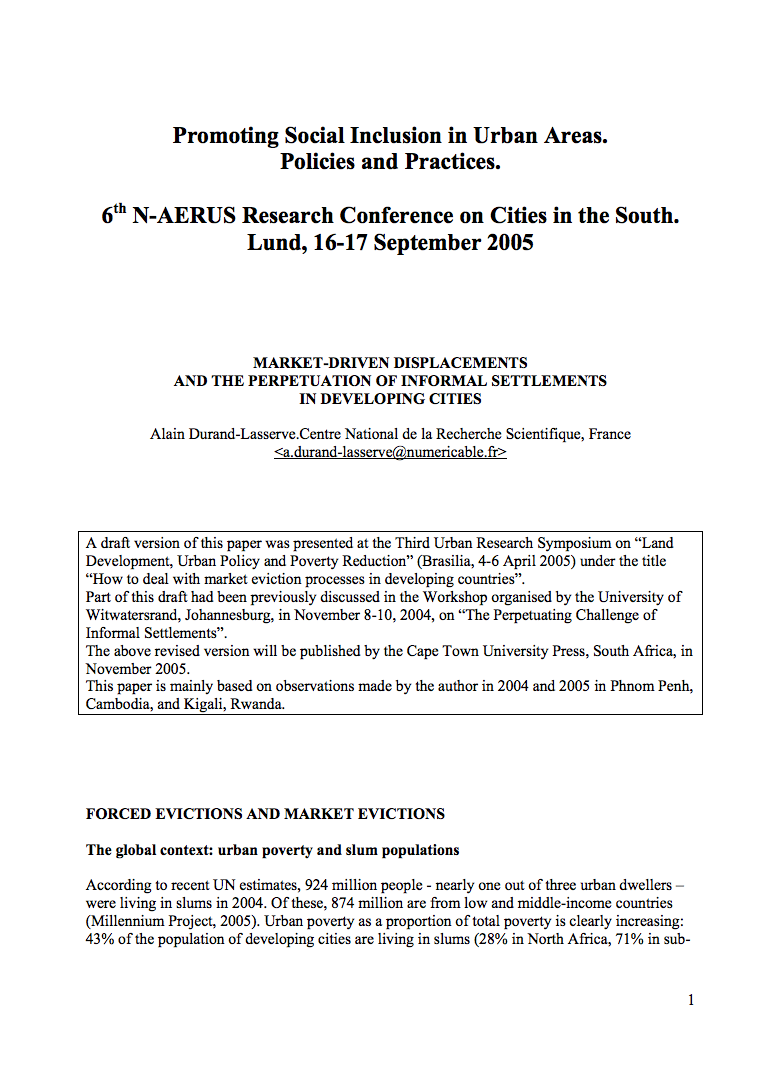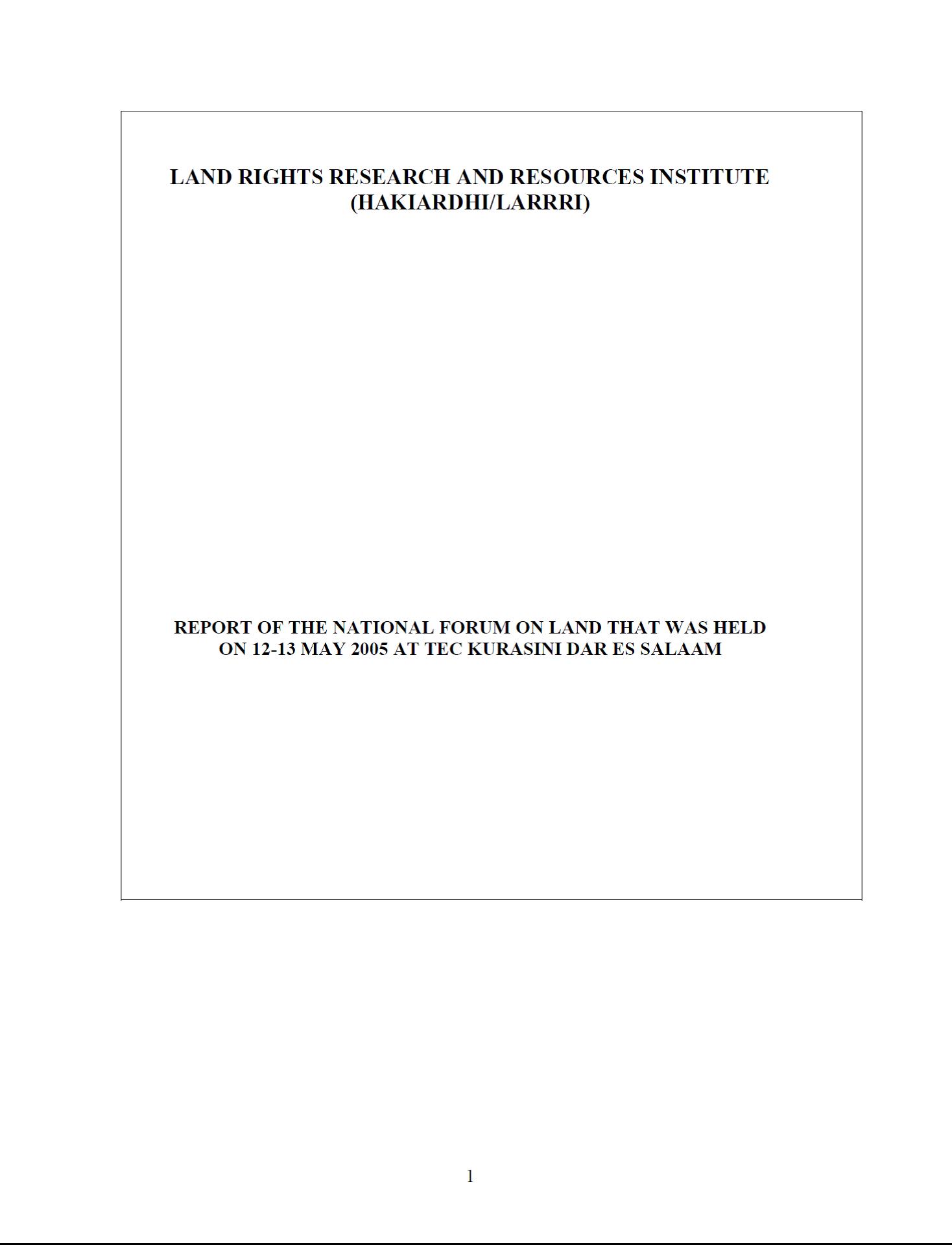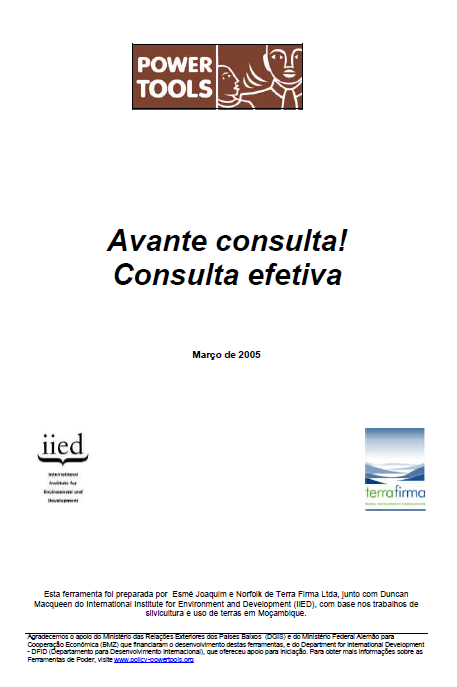Promoting Social Inclusion in Urban Areas: Policies and Practices
According to recent UN estimates, 924 million people - nearly one out of three urban dwellers – were living in slums in 2004. Of these, 874 million are from low and middle-income countries (Millennium Project, 2005). Urban poverty as a proportion of total poverty is clearly increasing: 43% of the population of developing cities are living in slums (28% in North Africa, 71% in sub-






